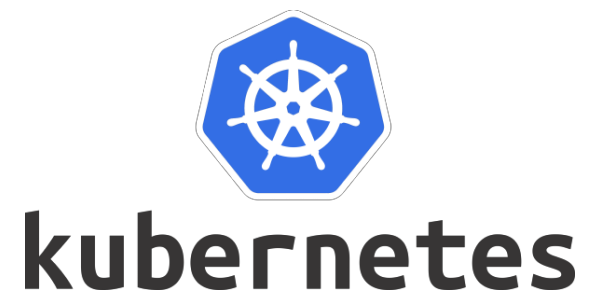Kubernetes Cluster Setup: Step-by-Step Process
 Nahid
Nahid
Prerequisite:
One master (Control Plane) Node
Two or more servers for worker Node
2 GB or more of RAM per machine
2 CPUs or more for control plane machines
Full network connectivity between all machines in the cluster
Unique hostname, MAC address, and product_uuid for every node
Certain ports are open on your machines (if your server is new, the required ports are already open)
Server Setup:
First two or more servers will be required where one will be master node (control plane) and the rest will be worker nodes. Shown here with Ubuntu 22.04 LTS. So you must have Ubuntu 22.04 LTS installed on your system.
After creating three servers or nodes. Need to change or update the MAC address, product_uuid and hostname for every node including Master Node.
Also, we need to check if the available port is free or open for the cluster
Then permanently disable swap space on Master node. using this command:
vi /ete/fstab#/swap.img none swap sw 0 0After open the bash editor, then comment out or Add # before /swap.img
Then forwarding IPv4 and letting iptables see bridged traffic:
cat <<EOF | sudo tee /etc/modules-load.d/k8s.conf overlay br_netfilter EOF sudo modprobe overlay sudo modprobe br_netfilterThen install some dependencies file for adding the repositories:
apt-get update sudo apt-get install apt-transport-https ca-certificates curl gpgInstall CRI-O on Server:
Before installing CRI-O, we need to install some dependency packages:
curl -fsSL https://pkgs.k8s.io/addons:/cri-o:/prerelease:/main/deb/Release.key | gpg --dearmor -o /etc/apt/keyrings/cri-o-apt-keyring.gpg echo "deb [signed-by=/etc/apt/keyrings/cri-o-apt-keyring.gpg] https://pkgs.k8s.io/addons:/cri-o:/prerelease:/main/deb/ /" | tee /etc/apt/sources.list.d/cri-o.listThen update repository and install cri-o
apt-get update apt-get install socat apt-get install cri-oAfter installing cri-o, we need to start and enable crio.service
systemctl enable crio.service systemctl start crio.service systemctl status crio.serviceAdd the Kubernetes repository:
curl -fsSL https://pkgs.k8s.io/core:/stable:/v1.31/deb/Release.key | gpg --dearmor -o /etc/apt/keyrings/kubernetes-apt-keyring.gpg echo "deb [signed-by=/etc/apt/keyrings/kubernetes-apt-keyring.gpg] https://pkgs.k8s.io/core:/stable:/v1.31/deb/ /" | tee /etc/apt/sources.list.d/kubernetes.listInstalling process of Kubernetes:
Now we have to install kubeadm, kubelet and kubectl, using below command:
apt-get update sudo apt-get install kubelet kubeadm kubectl sudo apt-mark hold kubelet kubeadm kubectlInitialize Kubernetes Cluster:
To initialize cluster, we have to run below command on master-node:
kubeadm initOnce the initialization is complete, some instructions will appear, which will help connect the worker nodes to the master node. This will contain a command to be run on the worker nodes.
Create Cluster Join Token: (Control Plane)
kubeadm token create --print-join-commandYou can generate a token by running this command. Through this token you can connect the worker nodes with the master node, if you go to those worker nodes and apply the token, then the worker node will be connected with the master node.
Configuration of kubectl:
Now set the kubeconfig on master-node, using below command:
mkdir -p $HOME/.kube sudo cp -i /etc/kubernetes/admin.conf $HOME/.kube/config sudo chown $(id -u):$(id -g) $HOME/.kube/configAfter the cluster set-up is completed, we have to set up the inter-cluster network system via CNI Plugin.
kubectl apply -f https://reweave.azurewebsites.net/k8s/v1.31/net.yamlVerify the Cluster:
Run the “kubectl get nodes” command on the master node to verify the cluster. You can see the status of the master and worker nodes.
And this is how you can set up a Kubernetes Cluster.
Subscribe to my newsletter
Read articles from Nahid directly inside your inbox. Subscribe to the newsletter, and don't miss out.
Written by

Nahid
Nahid
I am Mozahidul Islam Nahid, an engineer driven by a passion for continuous learning and growth. With six years of diverse professional experience. Which includes one year as DevOps engineer and four and a half years as administration and procurement specialist. Now I am dedicated to advance my career in DevOps engineering and cloud engineering.I am particularly passionate about server management and ongoing maintenance of websites post-deployment and I aspire to be a crucial part of these essential tasks for any company . Thank you!